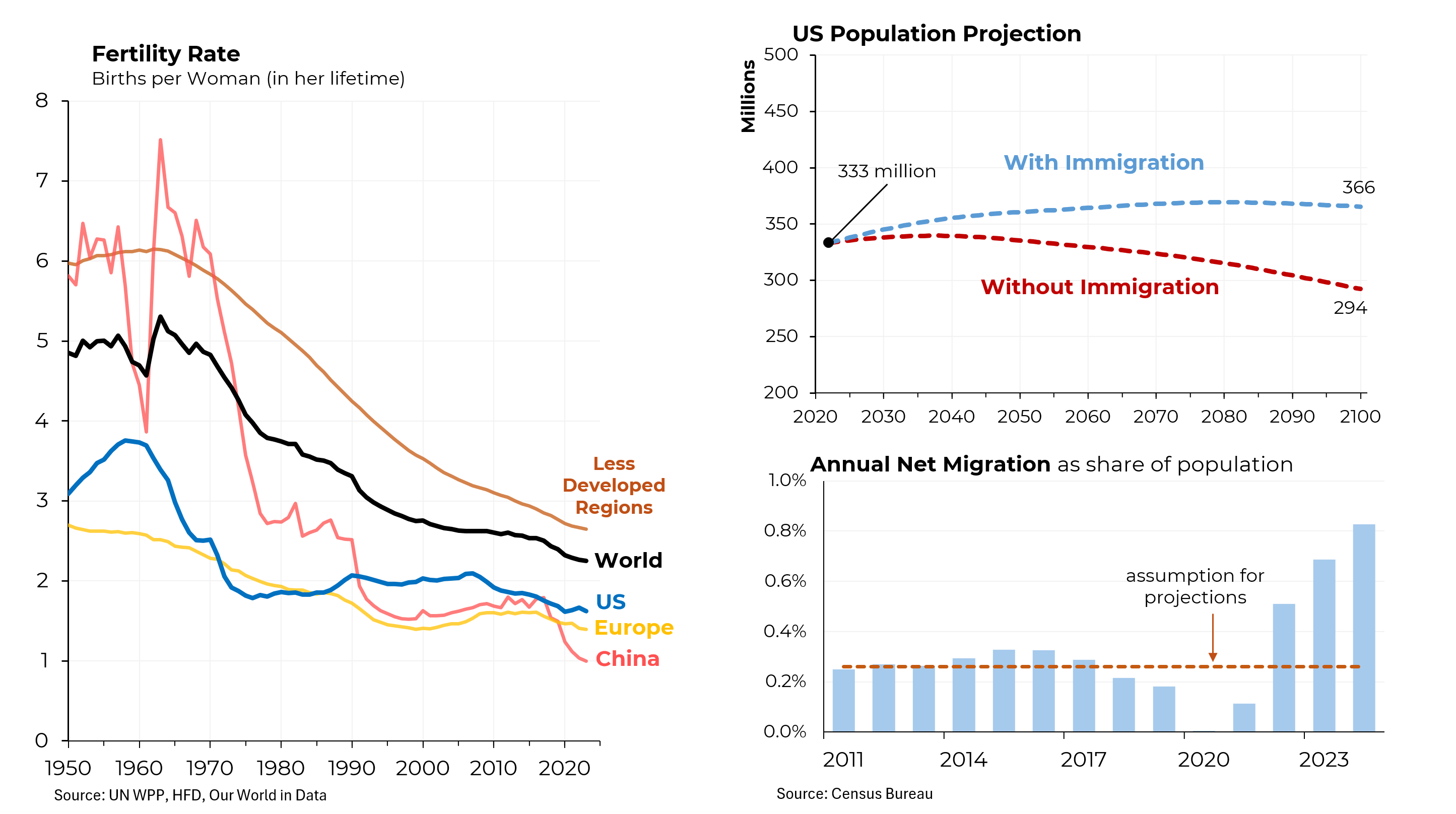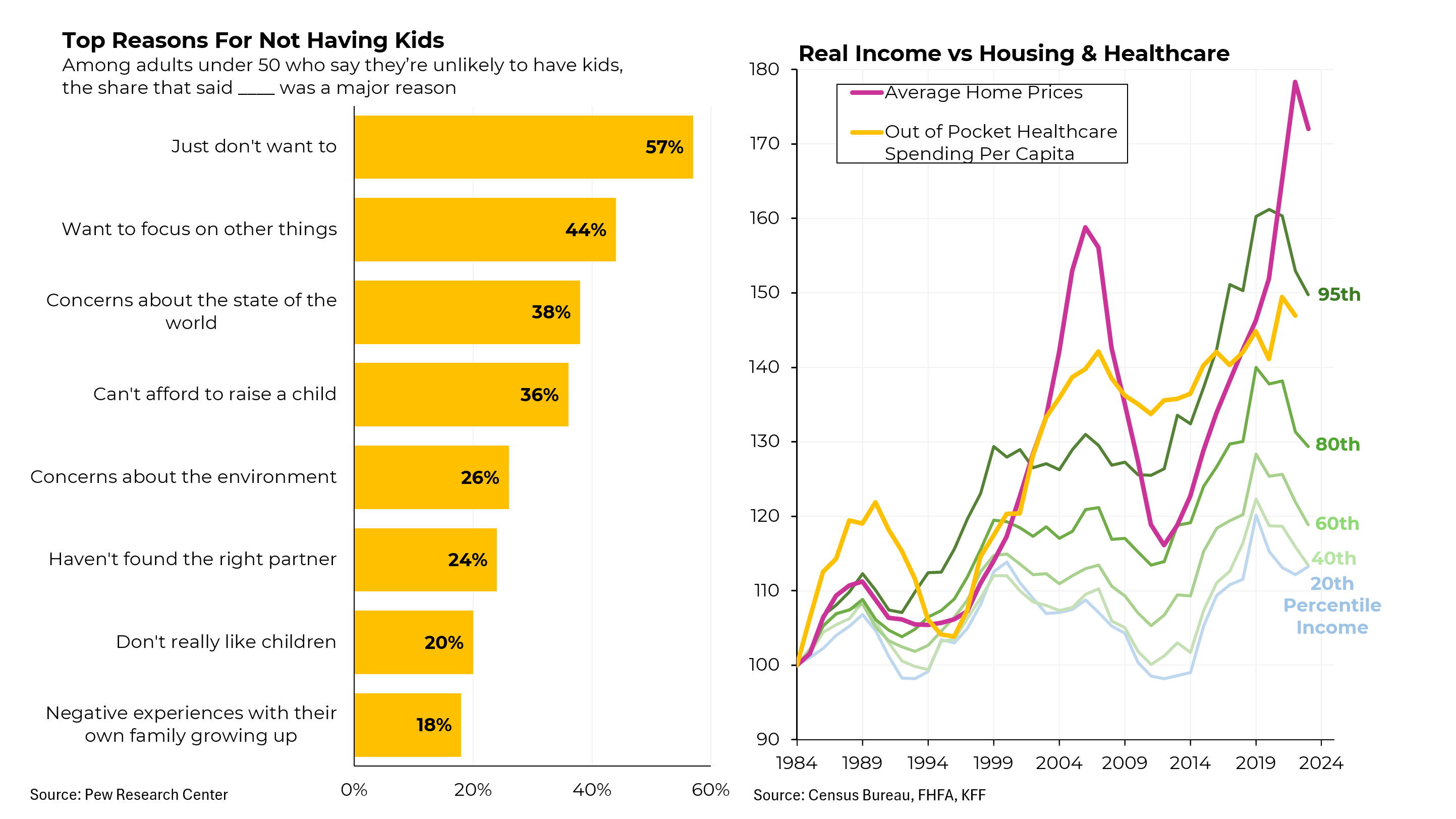The Trump administration has begun to toss around proposals for increasing America’s birthrate, such as by giving the parents of every new child a $5,000 tax credit. Vice President JD Vance famously attacked “childless cat ladies.” Rhetoric aside, that’s an admirable goal but not one that is likely to be achieved by these kinds of measures.
Meanwhile, a spate of airplane accidents has raised new questions about safety in the skies.
The birthrate in the U.S. has been declining for more than six decades as the era of the famous “baby boomers” gave way to Gen X, millennials and Gen Z. It’s part of a broad phenomenon that has occurred in most parts of the world. But now the fertility rate in the U.S. has dropped to about 1.6 children per mother, compared to a peak of 3.7 back in the 1950s.
At first glance, that might seem like a good thing — during the baby boomer era we worried about overpopulation on the planet. But now, the problem is that current birthrates are not sufficient to keep our native-born population from declining. Indeed, without immigration, our population could start to fall as soon as 2038. That would put big pressure on our nation’s finances as fewer and fewer working Americans are forced to support a growing number of elderly.
So this quickly collides with our immigration policy. To maintain our population at roughly current levels, we would need to admit roughly 900,000 immigrants a year, similar to immigration rates before Covid.
Why have birthrates fallen so much? Based on public opinion surveys, it’s a mix of reasons. Some simply say they “don’t want to.” Others have different interests or are worried about the state of the world. But a significant number cite their financial condition, a problem that $5,000 in tax credits probably won’t solve.
Two of the major financial challenges for younger Americans are healthcare and housing. Over the past four decades, the cost of both of these has risen considerably faster than the incomes of all but the top 20% of Americans. For example, the average age of first time home buyers has risen to 38 from 29 back in the 1980s.
It may seem like there have been more airplane accidents but the data doesn’t show that. Both the total number of accidents and the number of fatal accidents this year is tracking roughly in line with the average between 2006 and 2024. (This includes both commercial and private aviation; the numbers rise in the summer because more private pilots are in the air.)
Moreover, flying (commercially) remains by far the safest mode of transit. Indeed, a traveler is 67 times more likely to die in train accident than in a plane crash.








